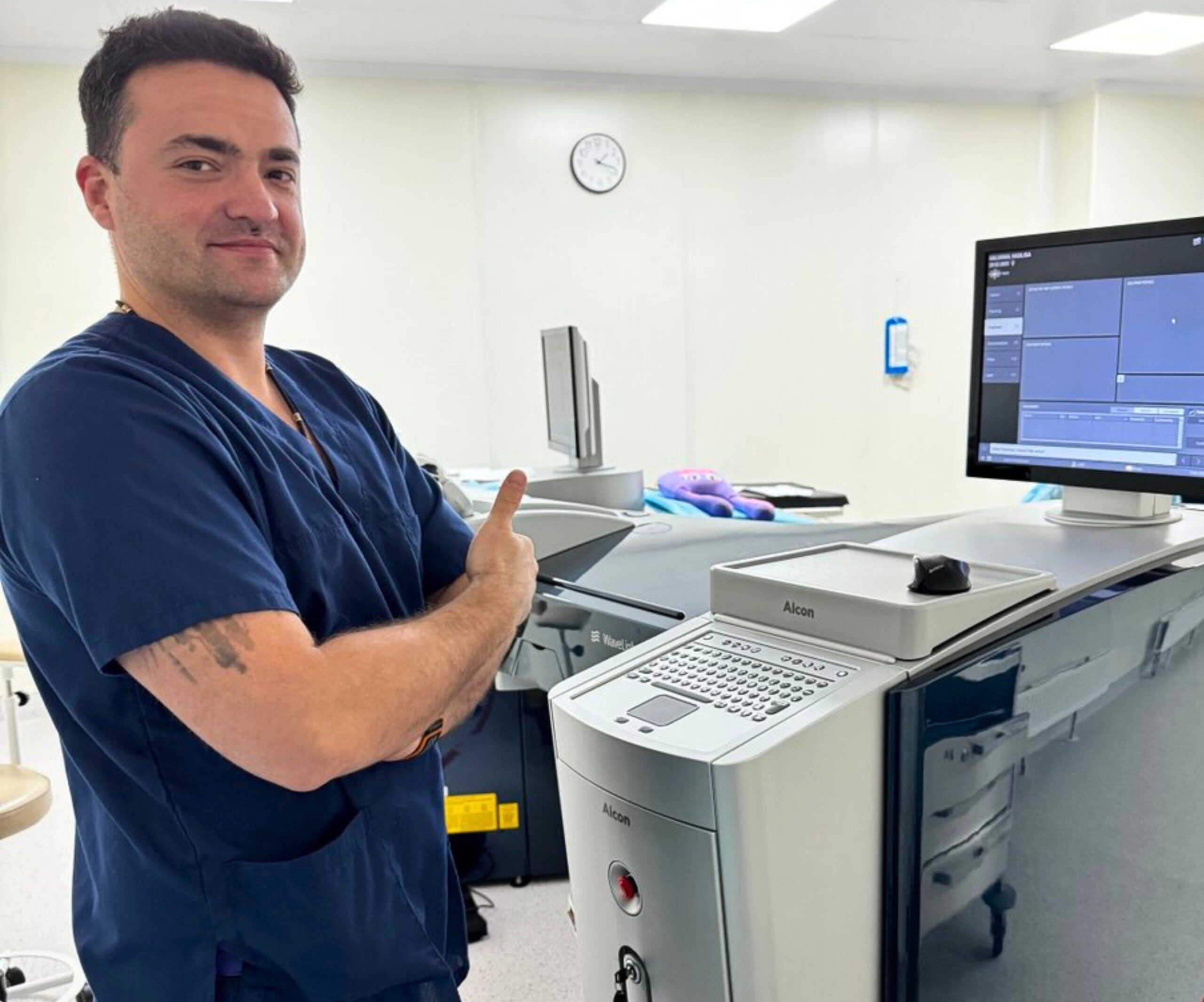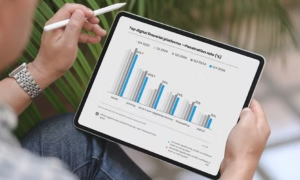Last week, JAMA Ophthalmology published global data on vision impairments among the working-age population worldwide. The report revealed a 91.46% increase in eye diseases in 2019 compared to 1990. The rise in eye conditions, including among the working-age population, has led to increased attention to the ophthalmology market, according to Nikolai Pisny, an expert in both laser and intraocular vision correction.
Nikolai has developed methodologies that allow businesses to launch laser vision correction services from scratch — from selecting equipment and finding sponsors to training staff and surgeons. His international experience in collaborating with various clinics and specialists allows him to analyze the current state and growth of the ophthalmology sector.
In an interview with Techbullion, Nikolai shared positive investment prospects in this field and highlighted the most attractive areas for investment.
Growth of the Ophthalmic Technology Market
According to forecasts, the market for advanced ophthalmic technologies is expected to continue growing year by year. This growth is driven by a number of factors: an increase in life expectancy, the prevalence of eye diseases, and a rising demand for vision correction.
“The main trend in the ophthalmology market that I see is the increased demand for premium intraocular lenses. Thanks to social media and artificial intelligence, patients are becoming more interested in the latest advancements in premium intraocular lenses and are striving to implant the best available options. For example, ten years ago, there was no such demand or interest,” says Nikolai Pisny.
Currently, Nikolai is preparing a study on an improved method for determining the optical power of intraocular lenses in patients who have undergone radial keratotomy. Based on clinical observations of patients, the expert is evaluating the effectiveness of the new approach to mathematical modeling of the optical parameters of the cornea. In addition, he is developing software to conduct precise calculations for laser operations and assess potential surgical risks. This program will help surgeons make optimal decisions based on a complete set of data.
When examining specific areas of ophthalmology, certain trends in the industry can be observed. First and foremost, there is growing demand among patients for minimally invasive surgical procedures. This helps to reduce the rehabilitation period and minimize possible negative consequences of surgery, according to Nikolai.
In recent years, telemedicine services, including ophthalmic consultations and monitoring, have expanded. Patients can now choose suitable specialists not only in other cities but also from around the world.
“Laser technologies in ophthalmology are a driver of development in the medical field. Gene therapy, which was recently approved for treating inherited retinal dystrophy, also emerged thanks to advancements in this area. Personalized medicine has become a reality due to innovations in ophthalmic medicine. The creation of 3D printing and implants is another significant achievement in the field of eye surgery,” the ophthalmologist lists.
Investment Prospects
The size of the ophthalmology market was estimated at approximately $8.7 billion in 2022, and it is forecasted to grow at a rate of 4.4% by 2032. As early as 2022, ophthalmology news revealed that demand for innovations in the field is increasing and will continue to grow.
For instance, in mid-2022, AbbVie and iSTAR Medical SA formed a strategic partnership to further develop and commercialize the MINIject device for minimally invasive glaucoma treatment. In August 2022, Glaukos Corporation received approval to sell and distribute the iStent Infinity. This device is designed to reduce elevated intraocular pressure in patients with primary open-angle glaucoma, uncontrolled by previous medical and surgical therapy.
With many years of experience in refractive surgery and participation in conferences, Nikolai notes that the most attractive areas for investment are cataract treatment and laser vision correction.
“Investing in the ophthalmology market is profitable because the consumer audience in this sector is quite broad. Investments in cataract technologies allow for profits from the 40+ demographic, while laser vision correction caters to young people aged 18+. Additionally, there is the market for orthokeratological lenses (night lenses), primarily used by children,” explains the expert.
Nikolai’s personal experience also demonstrates that investments in this field can yield results. In 2018, he secured a sponsor to launch laser vision correction at the FOCUS clinic in Kazakhstan. This was before the World Health Organization’s first large-scale study of global eye diseases, so the investor committed to the project based on Nikolai Pisny’s arguments and provided data. Within a few years, the clinic became one of the most well-known in the city.
“Ophthalmic surgery is an exquisite art and a precise science, where achievements from multiple disciplines intertwine: optics, biomechanics, electronics, genetics, and artificial intelligence. It combines knowledge and technology to restore vision—one of the most valuable human senses. This multidimensionality makes ophthalmic surgery not just a part of medicine but one of its key drivers, inspiring innovations and setting new horizons for healthcare development,” notes Nikolai Pisny.
In addition to reaching a broad audience across different age groups and the emergence of new technologies in the industry, the growth of ophthalmic tourism also contributes to the influx of foreign investment into medical infrastructure, equipment, and staff training. Many people prefer to receive ophthalmic care in countries where more advanced technologies and skilled specialists are available. Therefore, attracting new specialists and implementing modern methods is an ongoing process.
Nikolai Pisny also plans to explore new technologies for altering the diopter strength of artificial lenses using lasers after implantation. This technology is not yet used in Kazakhstan, so he has every chance to be the first to offer it to the market.



































